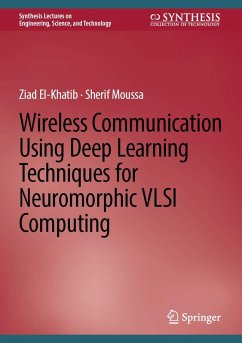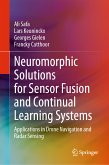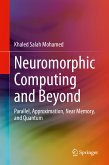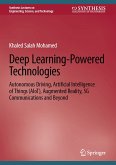This book describes Deep Learning-based architecture design for intelligent wireless communication systems and specifically for Deep Learning-based receiver design. Deep Learning-based architecture design utilizes Deep Learning (DL) techniques to reformulate the traditional block-based wireless communication architecture. Deep Learning-based algorithm design utilizes Deep Learning methods to speed up the processing at a guaranteed high accuracy performance. Automatic signal modulation classification in AI-based wireless communication can be done using deep learning techniques to improve dynamic spectrum allocation. Automatic signal modulation recognition in wireless communication is described using Deep Learning techniques to improve resource shortage and spectrum utilization efficiency. Moreover, using deep learning neural network circuit methods and doing parallel computations on hardware can reduce costs. Spiking neural network (SNN) provides a promising solution for low-power hardware for neuromorphic computing. Spiking Neural Networks circuit functions with a pre-trained network's weights consume less power. Spiking neural network is more promising than other neural networks that can pave a new way for low-power computing applications. Analog VLSI is utilized to design spiking neural networks circuits such as silicon synapse and CMOS neuron.
In addition, this book:
- Offers a concise introduction to Wireless AI-based RF Communication Systems using Deep Learning Techniques
- Uses DL for automatic signal modulation recognition in wireless communication, improving spectrum utilization
- Uses spiking neural network (SNN) provides a promising solution for low-power hardware for neuromorphic computing
Dieser Download kann aus rechtlichen Gründen nur mit Rechnungsadresse in A, B, BG, CY, CZ, D, DK, EW, E, FIN, F, GR, HR, H, IRL, I, LT, L, LR, M, NL, PL, P, R, S, SLO, SK ausgeliefert werden.









